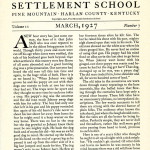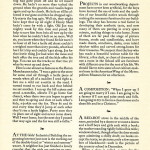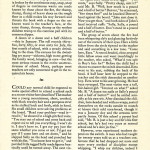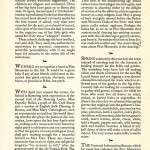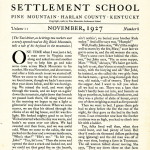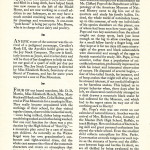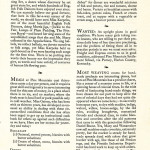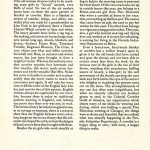Pine Mountain Settlement School
Series 17: PMSS Publications (Published by the School)
NOTES – 1927
“Notes from the Pine Mountain Settlement School”
March and November
GALLERY: NOTES – 1927 March
- NOTES – 1927 March, page 1. [PMSS_notes_1927_mar_001.jpg]
- NOTES – 1927 March, page 2. [PMSS_notes_1927_mar_002.jpg]
- NOTES – 1927 March, page 3. [PMSS_notes_1927_mar_003.jpg]
- NOTES – 1927 March, page 4. [PMSS_notes_1927_mar_004.jpg]
CONTENTS
NOTES – 1927 MARCH: storytelling ; John Shell ; Henry Shell ; folklore ; Baron von Munchausen ; Girls’ Industrial Building ; weaving ; woodworking ; one-room school ; Dancing Ladies ; gardening ; Jane Nolan ; Dorothy Bolles ; Cecil Sharp ; Mary Cunningham ; Miss Evelyn Wells ; Miss Abby Winnie Christensen ; National Information Bureau ; band instruments ; sword dancing ; Federated Women’s Clubs ; Isaac’s Creek ;
Spring came early this year and the team instead of carrying coal for the furnaces is hauling manure for the fields and garden.
GALLERY: NOTES – 1927 November
- NOTES – 1927 November, page 1. [PMSS_notes_1927_nov_001.jpg]
- NOTES – 1927 November, page 2.[PMSS_notes_1927_nov_002.jpg]
- NOTES – 1927 November, page 3.[PMSS_notes_1927_nov_003.jpg]
- NOTES – 1927 November, page 4.[PMSS_notes_1927_nov_004.jpg]
CONTENTS
NOTES – 1927 NOVEMBER: taxi driver ; storytelling ; Mr. Browning ; Ayrshire ; Joy Stock Company ; farming ; dairy ; ‘Sun Up’ play ; ballads ; Cecil Sharp ; Maud Karpeles ; meals ; piano ; weaving ; Mr. Luigi Zande ; Mrs. Burns ; Cavalier’s Ruth III ; Elizabeth Hench ; Mary Rockwell Hook ; Celia Cathcart Holton ; Colonial Coverlet Guild of America ; Fireside Industries Department ; Miss Gaines ;
Meals at Pine Mountain cost thirty-three cents a day per person, and it requires great skill and ingenuity to serve interesting food for this sum of money, in a place where there is no ice, and no market; where the fresh meat is local beef or pork possible only in the cold weather.

